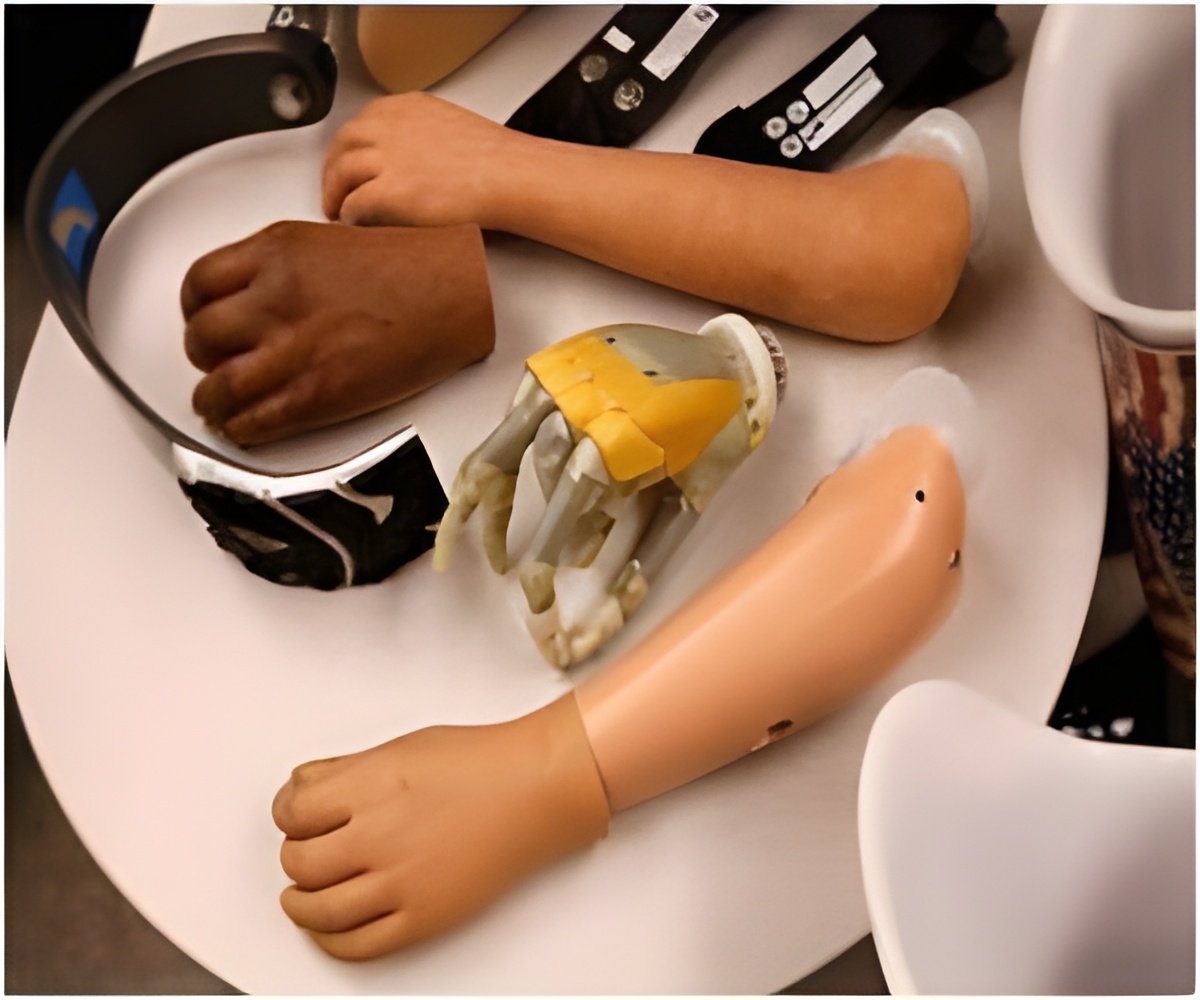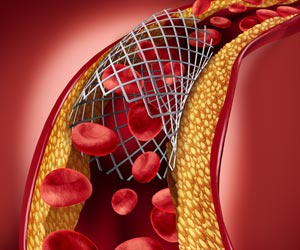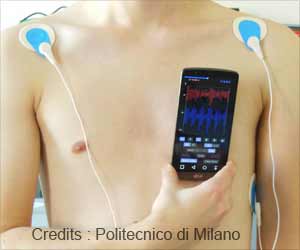The human brain usually takes advantage of brain resources originally devoted to the hand to give tasks to the prosthetic hand (artificial limbs), finds a new study.

‘By regular usage of prosthetics, brains of Amputees can be convinced that their artificial limbs are their own limb and thereby the brain can be tricked into assigning tasks automatically.’





The study provides the first account of how artificial limbs are represented in the brains of amputees."While the use of a prosthesis can be very beneficial to people with one hand, most people with one hand prefer not to use one regularly, so understanding how they can be more user-friendly could be very valuable," said the study's lead author, Dr Tamar Makin (UCL Institute of Cognitive Neuroscience).
"If we can convince a person's brain that the artificial limb is the person's real limb, we could make prostheses more comfortable and easier to use."
The study included 32 people with one hand - half of whom were born with one hand, and half had lost a hand due to amputation - alongside 24 people with two hands, used as a control group, most of whom were family or friends of the people with one hand. The participants were shown images of prosthetic hands (including photos of their own prostheses) as well as real limbs. A functional magnetic resonance imaging (fMRI) scan was used to assess the participants' neural responses.
Within the visual cortex of the brain is an area that enables people to recognize hands. This area displayed a stronger response to images of prostheses among the one-handed participants, compared to the controls, particularly among those who used a prosthesis most frequently in their daily lives. This part of the brain also responded to images of prostheses that are functional but do not look like a hand, such as a hook prosthesis.
Advertisement
They found there was better connectivity between these two brain areas in those people who used their prostheses regularly.
Advertisement
The researchers say their findings offer hope, as they have not found clear neural barriers to representing a prosthesis as a body part.
"Logically I know my prosthesis is not my missing hand - it's a tool, it's a new sensation, and I accepted that. The more I use my prosthesis, the more I feel like it becomes a part of me," said Clare Norton, a study participant who has had one hand amputated.
"We think the ultimate barrier is simply how much you use the prosthesis," said Dr. Makin.
"To me this is natural, having one hand is how it's always been. The prosthesis is part of me, I don't regard it as an addition - I consider it a hand," said another study participant, John Miller, who was born with only one hand and regularly uses his prosthesis.
The researchers say their findings could provide new insights to guide rehabilitation strategies as well as prosthesis design, and potentially guide other types of augmentation technology as well.
Source-Eurekalert










